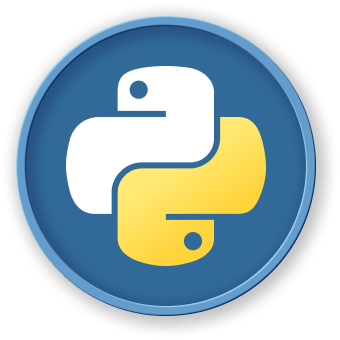Memory Use of Other Data Structures
Python has many different choices for representing data structures. For example:
## A tuple
row = (route, date, daytype, rides)
## A dictionary
row = {
'route': route,
'date': date,
'daytype': daytype,
'rides': rides,
}
## A class
class Row:
def __init__(self, route, date, daytype, rides):
self.route = route
self.date = date
self.daytype = daytype
self.rides = rides
## A named tuple
from collections import namedtuple
Row = namedtuple('Row', ['route', 'date', 'daytype', 'rides'])
## A class with __slots__
class Row:
__slots__ = ['route', 'date', 'daytype', 'rides']
def __init__(self, route, date, daytype, rides):
self.route = route
self.date = date
self.daytype = daytype
self.rides = rides
Your task is as follows: Create different versions of the read_rides() function that use each of these data structures to represent a single row of data. Then, find out the resulting memory use of each option. Find out which approach offers the most efficient storage if you were working with a lot of data all at once.




